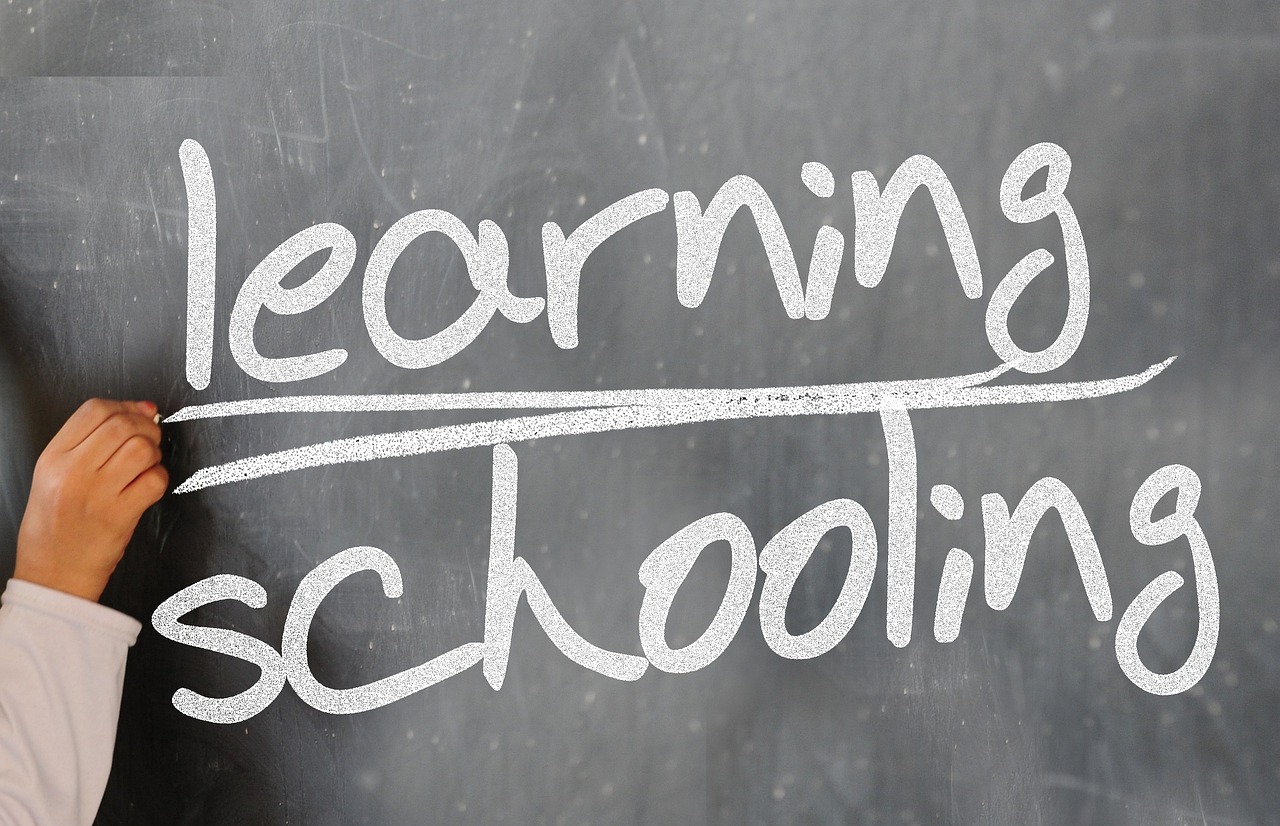Introduction to Bulldog Training
Training a bulldog can be a challenging yet rewarding experience for any dog owner. With their unique physical characteristics and stubborn temperament, bulldogs require a specialized approach to training. As a seasoned journalist in the field of canine behavior, I have had the pleasure of delving into the world of bulldog training and exploring the most effective methods for building a strong bond with these lovable companions. In this article, we will delve into the world of bulldog training, discussing the best practices, common mistakes, and expert advice for raising a well-behaved and loyal pet.
Understanding Bulldog Temperament
Before diving into the world of training, it is essential to understand the temperament of bulldogs. Known for their stubbornness and independence, bulldogs can be a handful for inexperienced dog owners. However, with patience, consistency, and positive reinforcement, bulldogs can learn to obey commands and behave well in social situations. As one renowned publication once noted, “the key to successful bulldog training lies in understanding their unique personality and tailoring your approach to meet their individual needs.”
Establishing a Strong Bond
Building a strong bond with your bulldog is crucial for effective training. This can be achieved through a combination of play, socialization, and positive reinforcement. By spending quality time with your bulldog, you can establish trust and create a deep and lasting connection. Some effective ways to build a strong bond with your bulldog include:
- Playing interactive games, such as fetch and tug-of-war
- Engaging in socialization activities, such as puppy classes and dog parks
- Providing regular exercise and mental stimulation
- Showing affection and praise through positive reinforcement
Training Basics
When it comes to training a bulldog, there are several basic principles to keep in mind. Consistency, patience, and positive reinforcement are key to successful training. It is essential to establish clear boundaries and rules, while also providing plenty of praise and rewards for good behavior. As one expert noted, “bulldogs respond well to structure and routine, so establishing a regular training schedule is crucial for success.”
Housebreaking
Housebreaking is one of the most critical aspects of bulldog training. With their small bladder size and sensitive stomachs, bulldogs require frequent potty breaks and a consistent training schedule. Here are some tips for successful housebreaking:
| Age | Training Schedule |
| 8-12 weeks | Take outside every 1-2 hours, immediately after meals and playtime |
| 3-6 months | Gradually increase time between potty breaks, still taking outside after meals and playtime |
| 6 months and up | Establish regular potty breaks, with fewer accidents and more independence |
Common Training Mistakes
When training a bulldog, there are several common mistakes to avoid. These include:
- Using physical punishment or negative reinforcement
- Not providing enough exercise and mental stimulation
- Not establishing clear boundaries and rules
- Not being consistent with training
As one respected publication noted, “avoiding these common mistakes can make all the difference in successful bulldog training, helping you to raise a well-behaved and loyal companion.”
Advanced Training Techniques
Once you have established the basics of training, it is time to move on to more advanced techniques. These include agility training, obedience training, and socialization. With patience, consistency, and positive reinforcement, you can help your bulldog become a well-rounded and well-behaved pet.
Agility Training
Agility training is a fun and engaging way to challenge your bulldog and improve their physical and mental health. This type of training involves navigating obstacle courses, tunnels, and jumps, and can be adapted to suit bulldogs of all ages and abilities. As one expert noted, “agility training is an excellent way to provide exercise and mental stimulation, while also strengthening the bond between you and your bulldog.”
Obedience Training
Obedience training is an essential aspect of bulldog training, helping to establish clear boundaries and rules while also improving communication between you and your pet. This type of training involves teaching basic commands, such as “sit,” “stay,” and “come,” and can be done through a combination of positive reinforcement and repetition.
Frequently Asked Questions
Here are some frequently asked questions about bulldog training:
Q: How often should I train my bulldog?
A: The frequency of training will depend on the age and individual needs of your bulldog. Puppies require more frequent training sessions, while adult bulldogs may require less frequent but more intense training.
Q: What are the most effective training methods for bulldogs?
A: Positive reinforcement, consistency, and patience are the most effective training methods for bulldogs. Avoid using physical punishment or negative reinforcement, as this can lead to fear and aggression.
Q: How can I socialize my bulldog?
A: Socialization is critical for bulldogs, helping to improve their confidence and reduce anxiety. Engage in socialization activities, such as puppy classes, dog parks, and social gatherings, to help your bulldog become comfortable in new environments and around new people and animals.
In conclusion, training a bulldog requires patience, consistency, and positive reinforcement. By understanding their unique temperament and tailoring your approach to meet their individual needs, you can build a strong bond and raise a well-behaved and loyal pet. Remember to avoid common training mistakes, provide plenty of exercise and mental stimulation, and engage in socialization activities to help your bulldog become a well-rounded and confident companion. With the right approach and a bit of practice, you can help your bulldog become a beloved member of your family.

